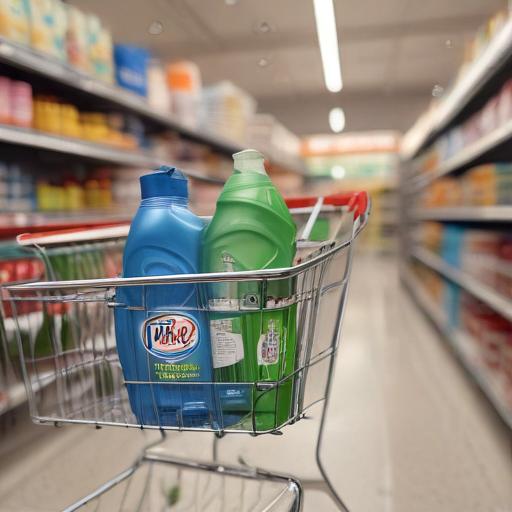Procter & Gamble, the largest consumer goods company in the world, announced it will increase prices on approximately 25% of its product range in the U.S. starting this month, as a response to rising costs linked to tariffs imposed under former President Donald Trump. This decision accompanies the company’s recent earnings report, which also introduced Shailesh Jejurikar as the new CEO, as P&G navigates challenges arising from tariff-related uncertainties.
The planned price increases, which will be communicated to major retailers such as Walmart and Target, are expected to be in the mid-single digits. Consumers will see these adjustments reflected on store shelves starting in August.
Walmart recently conveyed similar intentions regarding price hikes, highlighting a broader trend of increasing costs impacting major retailers due to tariff pressures. Despite these challenges, Procter & Gamble surpassed expectations with fourth-quarter revenues reaching $20.89 billion. The company’s organic sales grew by around 2% in fiscal 2025, largely driven by its enduring portfolio of branded essentials, though growth is projected to slow going forward.
Looking ahead, P&G estimates its fiscal 2026 annual net sales growth will fall between 1% and 5%, below previous market expectations. The company has acknowledged a slowdown in market growth within the U.S. and Europe, attributing it to unpredictable macroeconomic and consumer behavior. CFO Andre Schulten noted that consumers are currently seeking value, often opting for larger pack sizes or shopping at discount retailers to manage their budgets more effectively.
This scenario reflects a common sentiment among lower-income consumers, as they adjust their spending habits in response to economic pressures. Insights shared by Nestle corroborated this trend, indicating weakened consumer spending in North America.
To mitigate rising costs—estimated to increase by about $1 billion before tax in fiscal 2026—P&G is also undergoing restructuring, planning to exit certain brands and eliminate around 7,000 jobs over the next two years to enhance efficiency. Over the last quarter, the company recorded a modest price rise of 1%, although overall volumes remained flat.
In terms of earnings projections, P&G anticipates core net earnings per share growth in the range of $6.83 to $7.09, slightly below analyst estimates. On the financial front, P&G’s stock has experienced a slight decline, dropping 0.5% over the past five days and 1.1% for the month, with a total decrease of 5.15% since January.
Despite these challenges, there are positive indicators of resilience, particularly with P&G’s organic growth in a tough consumer climate, suggesting potential stability in long-term earnings. As consumers adapt to a shifting economic landscape, companies like P&G are crucial in providing essential products while navigating the complexities of rising costs and changing shopping behaviors.
